
The quantum entanglement of three electrons, using an ultrafast optical pulse and a quantum well of a magnetic semiconductor material, has been demonstrated in a laboratory at the University of Michigan, marking another step toward the realization of a practical quantum computer. While several experiments in recent years have succeeded in entangling pairs of particles, few researchers have managed to correlate three or more particles in a predictable fashion.
The results were presented in an article on Nature Materials’ web site on February 23 and will appear in the March 4 issue of Nature Materials, titled “Optically induced multispin entanglement in a semiconductor quantum well.” Authors of the paper are Jiming Bao, Andrea V. Bragas, Jacek K. Furdyna (University of Notre Dame), and Roberto Merlin.
Entanglement, which is essential to the creation of a quantum computer, is one of the mysterious properties of quantum mechanics that contradicts the notions of classical realism. Quantum computers will be able to perform highly complex tasks that would be impossible for a classical computer, at great speed.
The Michigan team, which has been working on the problem for several years, used ultrafast (50-100 femtosecond) laser pulses and coherent techniques to create and control spin-entangled states in a set of non-interacting electrons bound to donors in a CdTe quantum well. The method, which relies on the exchange interaction between localized excitons and paramagnetic impurities, could in principle be used to entangle an arbitrarily large number of spins.
In the presence of an external magnetic field, a resonant laser pulse creates localized excitons (bound electron-hole pairs) of radius ~ 0.005 microns in the CdTe well. Electrons bound to donor impurities within that radius feel the presence of the exciton in such a way that they became entangled after the exciton is gone. The process involves resonant Raman transitions between Zeeman split spin states. In the experiments, the signature of entanglement involving m electrons is the detection of the mth-harmonic of the fundamental Zeeman frequency in the differential reflectivity data.
“The community is trying various approaches to achieve controllable interactions between qubits. We’ve seen a variety of proposed solutions from atomic physicists involving trapped ions and atoms and even ‘flying qubits’ based on light,” said Merlin. “Solutions based on semiconductor technology, like ours for example, may well hold more promise for practical implementation when combined with advances in nanotechnology.”
The experiments have so far involved a large ensemble of sets of 3 electrons. “Our procedure is potentially set-specific and scalable, which means that it shows definite promise for quantum computing applications,” Merlin said. Cryptography is expected to be one of the first such applications.








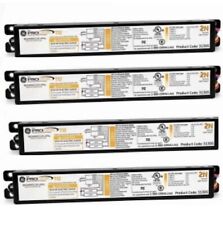
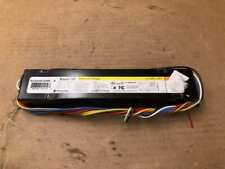
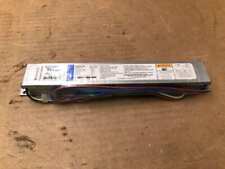
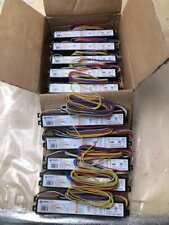
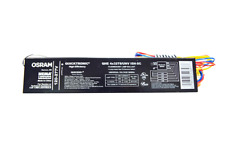

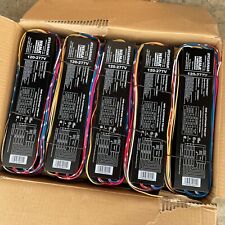
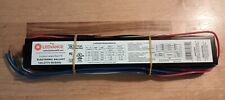
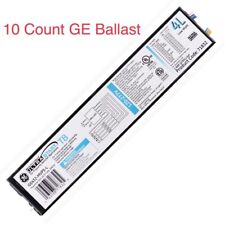
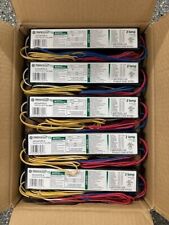
Comments are closed.